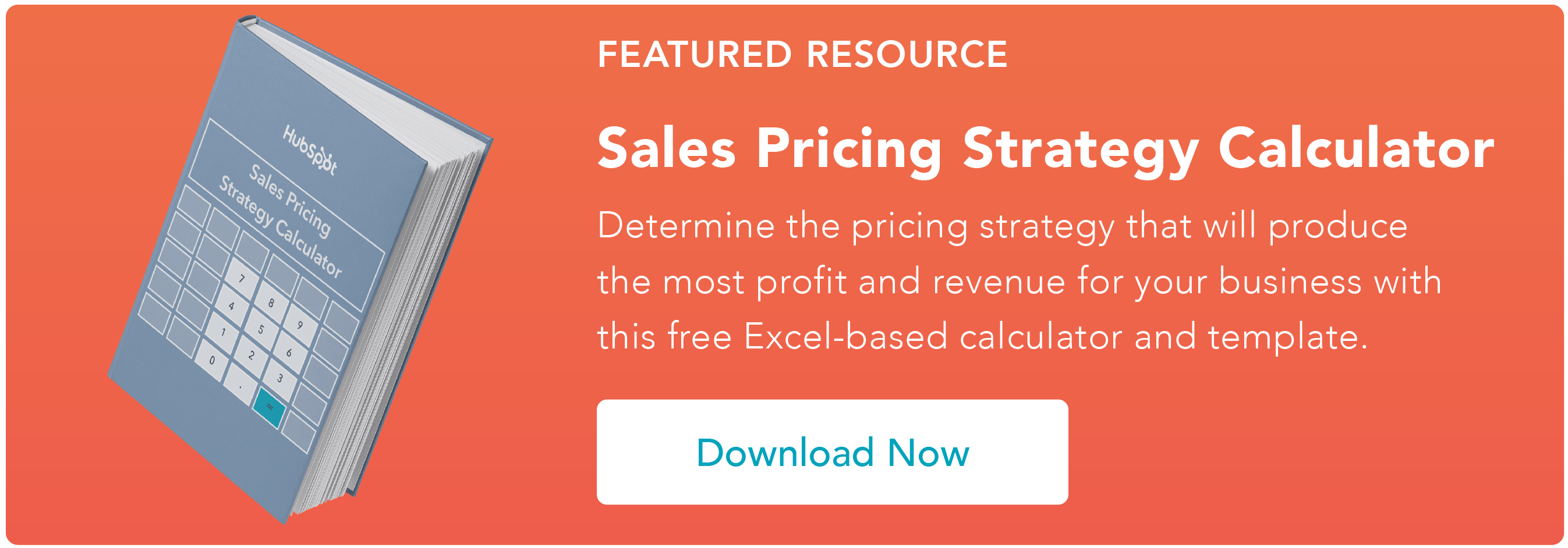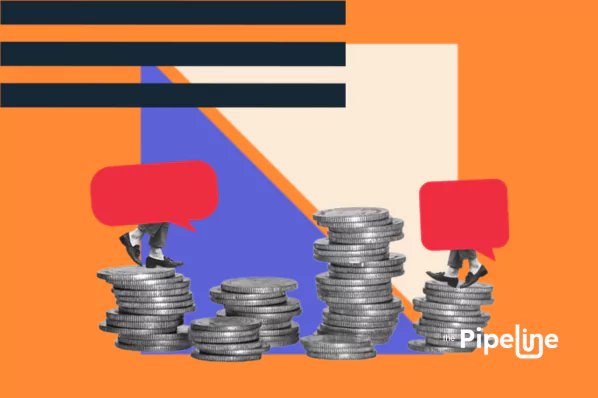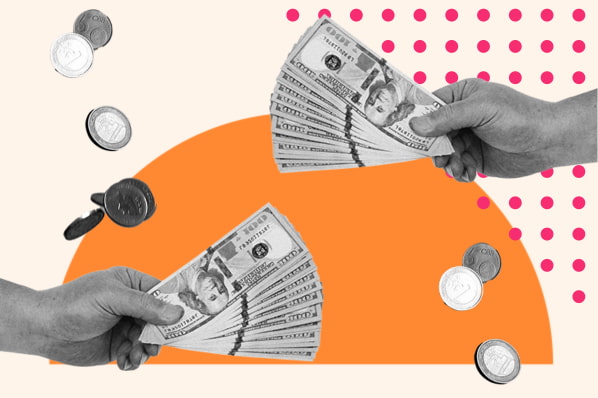It's worth noting that discount pricing isn't a unilaterally effective strategy that delivers across every industry and brand of sales. Certain schools of B2B sales advise against offering prospects discounts — as it can train both customers and salespeople to devalue their products or services.
But that doesn't mean discounting a pointless exercise in every context. It has a significant and effective place in certain industries — specifically, retail and ecommerce. Outlets that sell consumer goods stand to gain a lot from employing thoughtfully constructed discounting strategies.
Let's take a look at what those strategies might look like.
Discount Pricing Strategy
1. Quantity Discount Strategy
A company leverages a quantity discount strategy by offering discounted prices for higher-volume orders — or by discounting varying quantities of a certain product. The conventional "buy one, get one free" deal is one of the most common applications of this strategy
Quantity Discount Pricing Example: Papa John's Buy One, Get One Free

Papa Johns employed a quantity discount strategy in this example by offering an additional at a discounted price point with an initial purchase.
2. Location-Based Discount Strategy
Location-based discount strategies are often used to cut back on shipping costs or appeal to consumers in specific regions. A lot of the time, leveraging this strategy translates to offering lower delivery costs for select customers in given areas.
Location Discount Strategy Example: Walmart's Pickup Discount

Walmart's "pickup discount" in this example helps it cut back on shipping costs by incentivizing customers to pick up products themselves with slight discounts.
3. "Selling at a Loss" Discount Strategy
Some companies elect to sell certain products or services at a loss to promote brand awareness or bolster customer loyalty. As the name implies, this strategy revolves around businesses deliberately not making a profit on their products or services. While this method can be effective in its own right, it can be unsustainable if leveraged too liberally or applied to a company's full suite of products.
"Selling at a Loss" Discount Strategy Example: Costco's Rotisserie Chicken

Costco has more or less pledged that its rotisserie chicken will always be sold at $4.99 — even though the company doesn't profit from those sales. Selling its chickens at a loss boosts customer satisfaction and, in turn, helps Costco cast itself as a reliable, consumer-first brand.
4. Loyalty Discount Strategy
Loyalty discounts are typically offered to repeat customers to reward their brand appreciation and consistent business. Some companies offer these discounts in the form of complementary rewards programs, while others offer them in exchange for paid subscriptions.
Loyalty Discount Strategy Example: Amazon Prime

Image Source: Business2Community
Amazon offers one of the most prominent loyalty discount programs via its Amazon Prime program — a paid monthly subscription that gives repeat customers shipping discounts, among other benefits.
5. New Customer Discount Strategy
Some businesses will offer new customers discounts on their initial purchases. It's a solid strategy that can drive customer acquisition and hook potential repeat business.
New Customer Discount Strategy: DodoCase First Time Customer Offer

This offer from iPhone case retailer Dodocase is pretty self-explanatory — it offers new customers a one-time discount for their first purchases. The hope is that prospects will be intrigued by the discount enough to buy once and satisfied with their purchases to keep coming back.
Discount Pricing Pros and Cons
Pro: It can generate quick interest.
A discount is one of the more straightforward roads businesses looking to stir up quick interest can take. It can provide the basis for effective promotions, put a little oomph behind marketing campaigns, and lend itself to positive word of mouth.
Con: It can warp brand perception.
If you consistently offer products or services at significant discounts, you run the risk of casting yourself as a "bargain brand" — potentially coming off as cheap or low-rent. If you're not looking to build your brand identity around providing exceptional value, you'll want to be careful and strategic with the discounts you offer.
Pro: It can help facilitate repeat purchases.
One of the primary purposes — if not the primary purpose — of a discount is to hook new customers. If you offer a discounted rate on a product or service, you can attract a crop of buyers who might not have been exposed to your offering otherwise. Once they've given you a shot, they could be inclined to keep buying from you, even after you stop offering your discount.
Con: It can lead to unsustainable expectations from customers.
You might not have the resources or interest to run consistent discounts on certain products or services — but if you offer discounted rates too often or aggressively, you might create a customer base that comes to expect them. They might not be inclined to buy when you offer regular prices, leading to bad publicity, customer frustration, or flat-out loss of business.
Pro: It can help you unload excess inventory.
Sometimes, you might have excess inventory crowding your shelves — particularly if your product offerings shift by season. In those cases, selling those products at a discount can help you clear up space while still getting some kind of return for them.
Con: It can get away from you if you're not careful.
This point is more or less an extension of the ones listed above. Discounting — and the impact it can have on your company identity and consumer expectations — can be a slippery slope. If you discount consistently, you'll become a discount brand, and that trend might not be financially viable in the long run.
As I mentioned, discount pricing isn't right for every company. And even if one of these strategies suits your business, you need to make sure it's structured effectively — if your discounts miss the mark, they can just as easily blow up in your face as they can deliver the results you're looking for.
Still, if you feel your business might benefit from a discount pricing strategy, you should explore your options. If you can put an effective one together, your business stands to gain a lot.
Pricing Strategy
.png?width=112&height=112&name=Image%20Hackathon%20%E2%80%93%20Vertical%20(45).png)
.jpg)








![Price Skimming: All You Need To Know [+ Pricing Calculator]](https://53.fs1.hubspotusercontent-na1.net/hubfs/53/price-skimming-strategy.jpg)

.jpg)